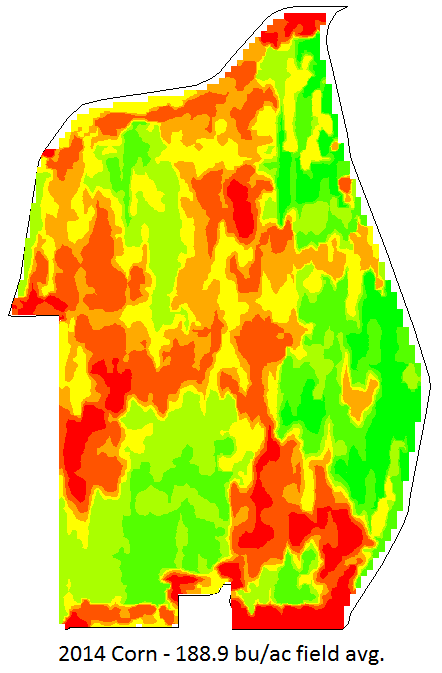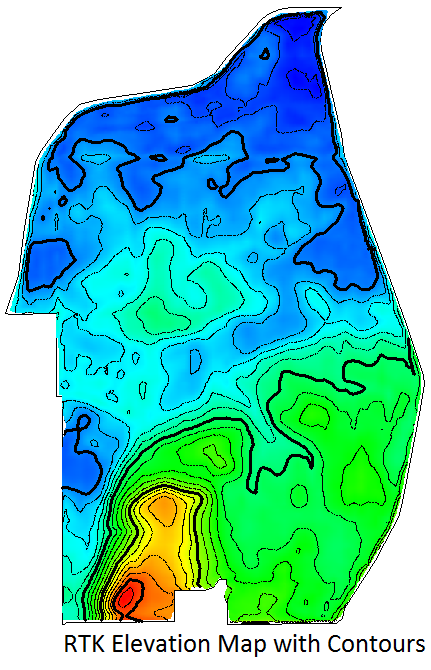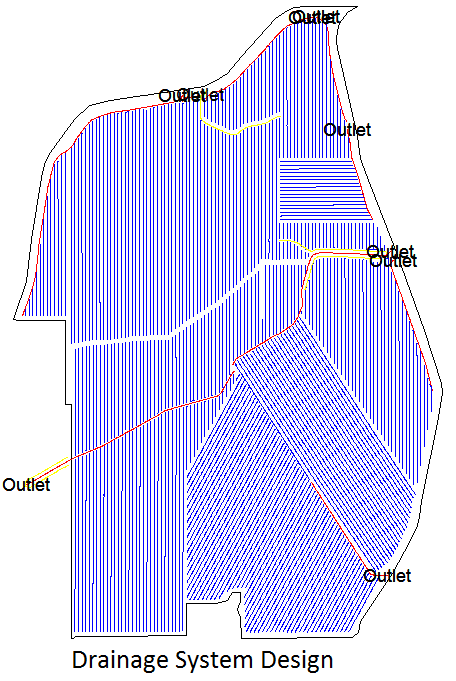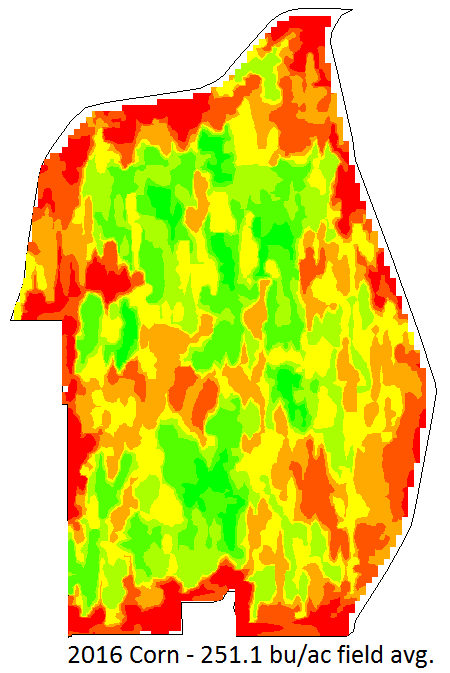That is the question one Illinois farmer is facing this winter. In the fall of 2015 Soil Werx, a drainage contractor from Byron, IL took on a 290 acre field with many drainage issues. This field is made up of Loam Soils and Silty Clay Loam Soils and not much drainage tile to be found. With areas of this field totaling nearly 20 acres was even considered ponds and would not regularly produce a crop. It was quite the undertaking for Josh Glendenning with Soil Werx. 2014 was considered a good crop in recent history for this field with a field average of 188.9 bushels of corn per acre.

The decision was made to systematically tile the field to improve the yield, and field conditions for farming. The first step in this process was to collect elevation data across the field to generate an accurate topographic map; this was done by using a Trimble FmX and a AgGPS 542 GNSS Base Station. Once the data was collected it was loaded into Farmworks WM-Subsurface Software (Formally known as Farmworks Surface), there the elevations and watersheds can be viewed, additionally Farmworks will display Tributary Lines (which are the paths of water flow through the field. Using the tools within Farmworks WM-Subsurface, as well as soil map, a drainage system design was created. The design consisted of 4” HDPE Drainage tubing on 30 ft centers with an optimal design depth of 3 ft deep.

The next step in the process was to install the drainage system. This was done using a Wolfe 540 XLT3 Cantilever style drainage plow outfitted with a Trimble TMX 2050 using WM Drain for the machine control portion of the tile installation, and Trimble AutoPilot with CAN based autosteer to ensure that laterals are installed at proper depth and location. The mains and sub-mains were made up of 15” single wall drainage tile down to 6” single wall drainage tile and every size in between. Many long cold days were spent installing the tile system but the end result was well worth the effort. In the end over 400,000 ft of tile was installed in this 290 acre patch of ground in northern Illinois.

Just a few short months later the benefits could already be seen with field conditions that were fit to be worked days earlier than neighboring fields, but as any farmer knows the proof is in the yield map. The 2016 corn harvest was a record for this field, with a field average of 251.1 bushels of corn to the acre. That was over 60 bushels of corn per acre increase, which is over 30% increase over the previous record corn crop.

All farmers realize the value of proper water management. This example demonstrates the increased bushes at harvest time, and the traffic-ability while field operations are being accomplished. Inputs have been maximized by the yield increase, therefore costly nutrients have been consumed by the strong crop where as a weak crop would let the nutrients go to waste. Let Schlatter’s Inc. assist you in your water management needs.

